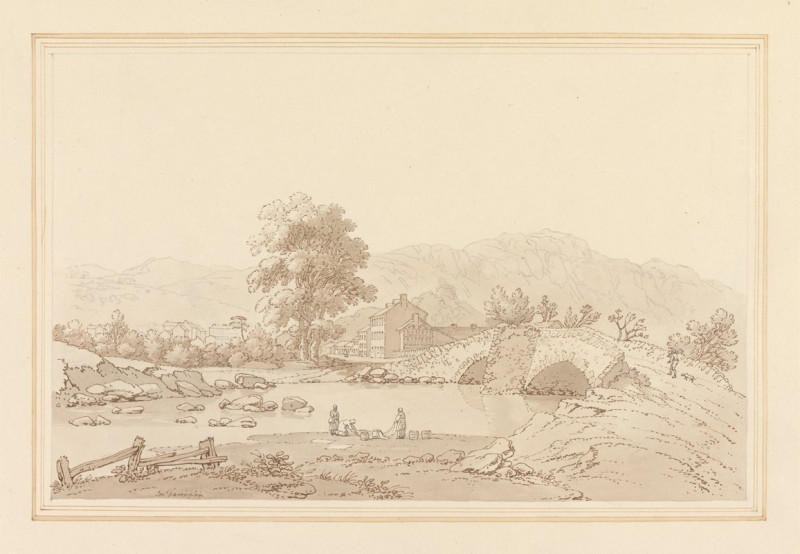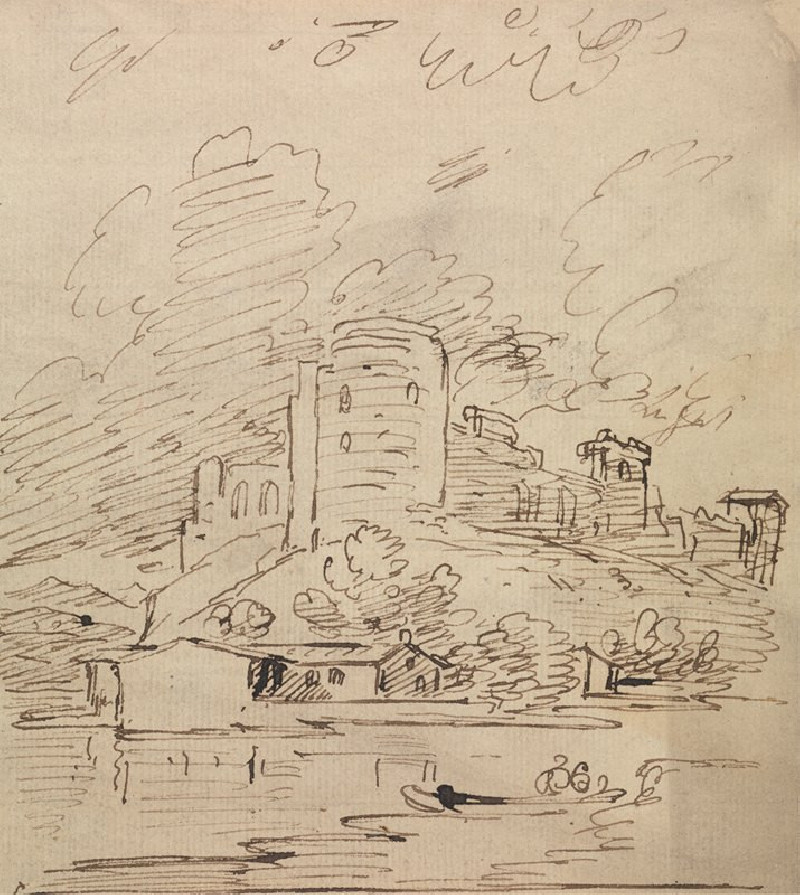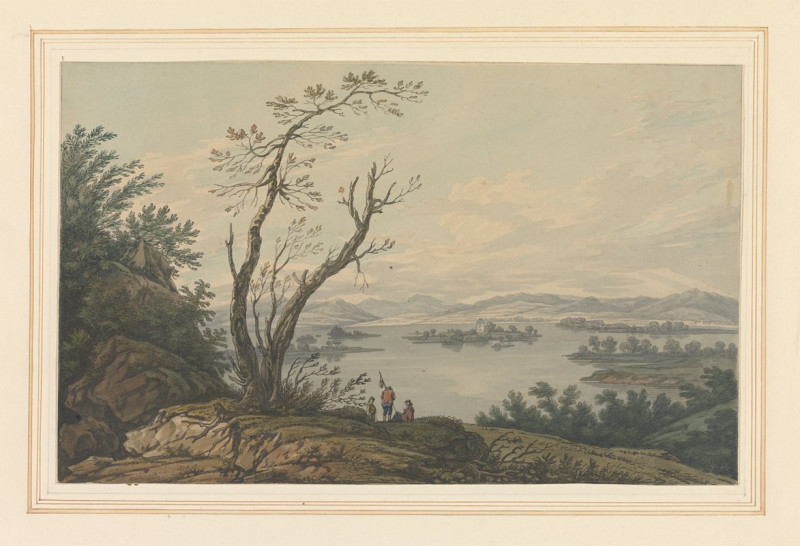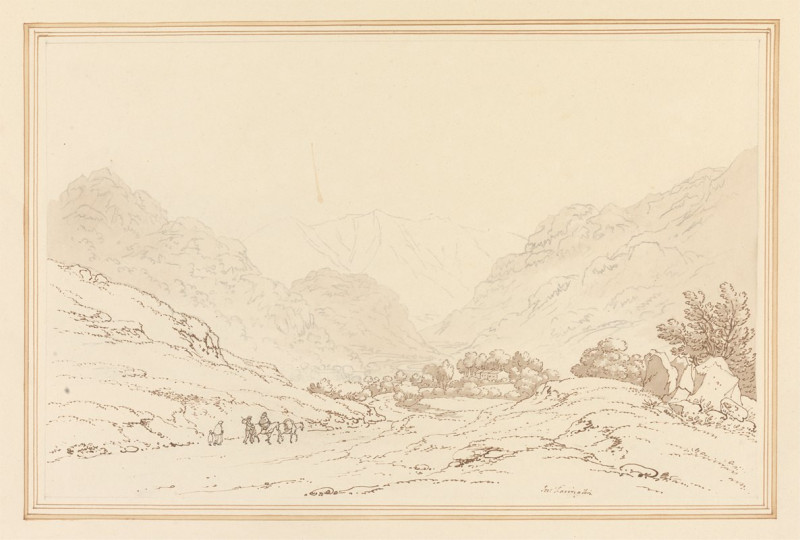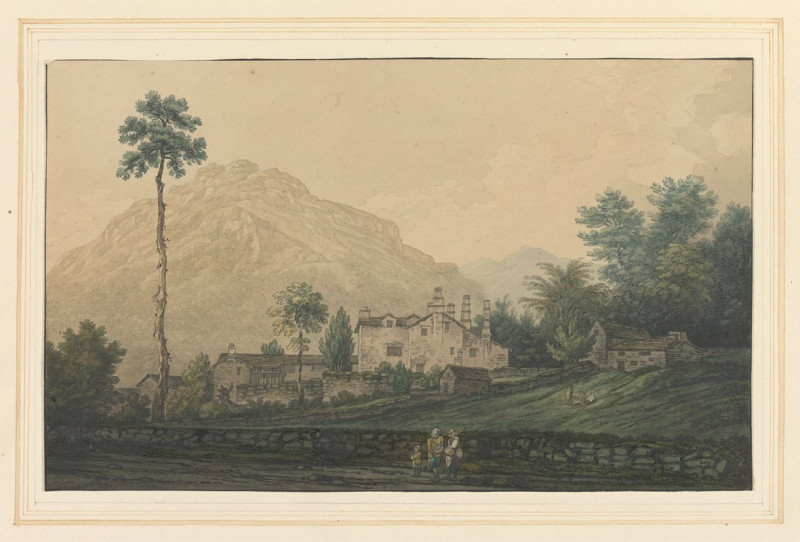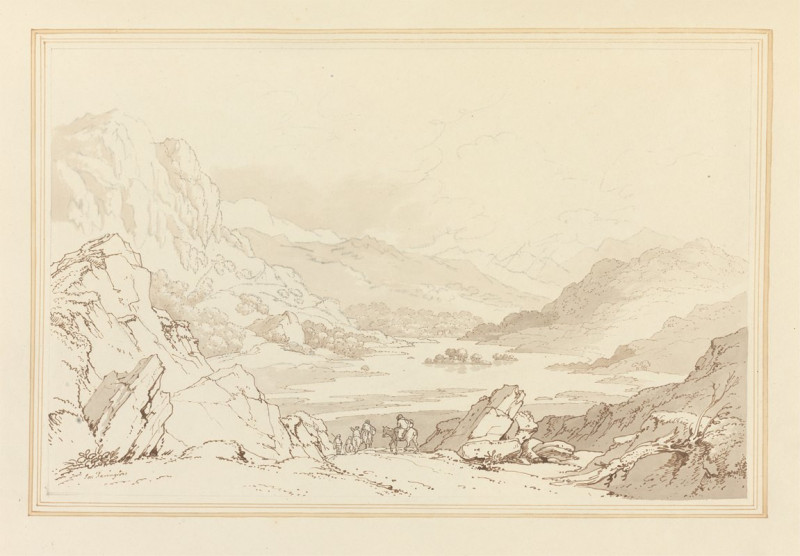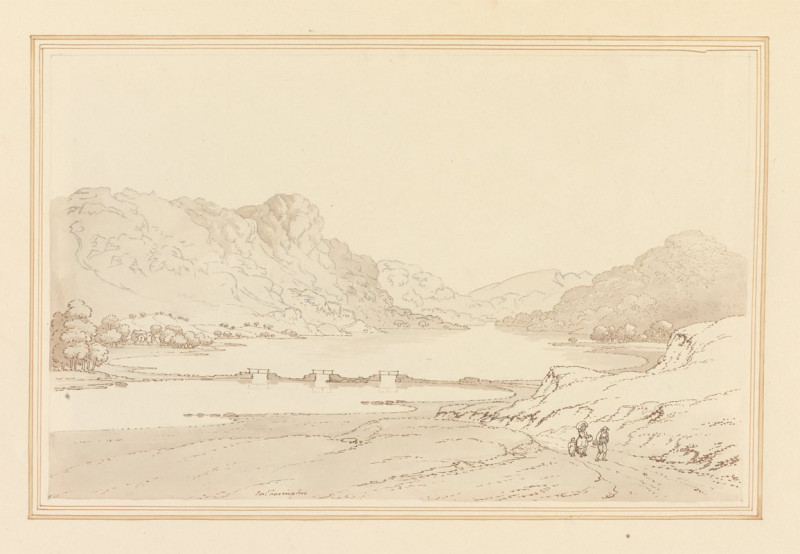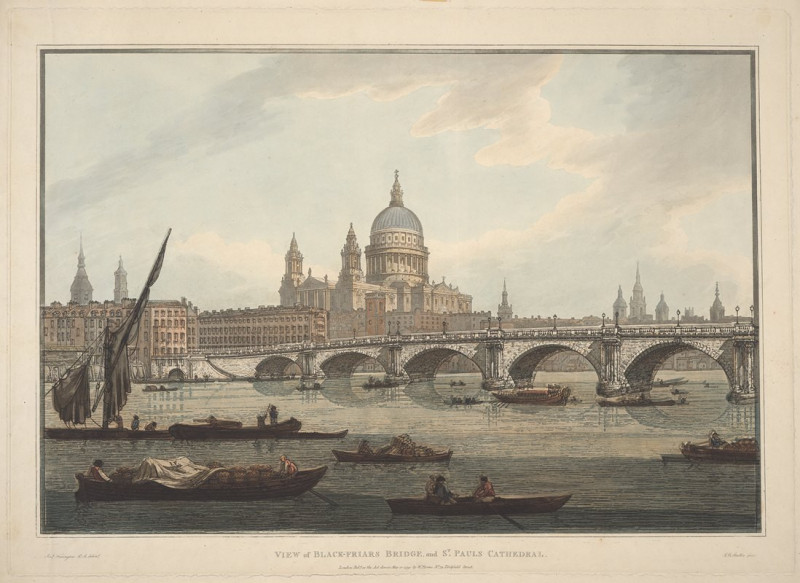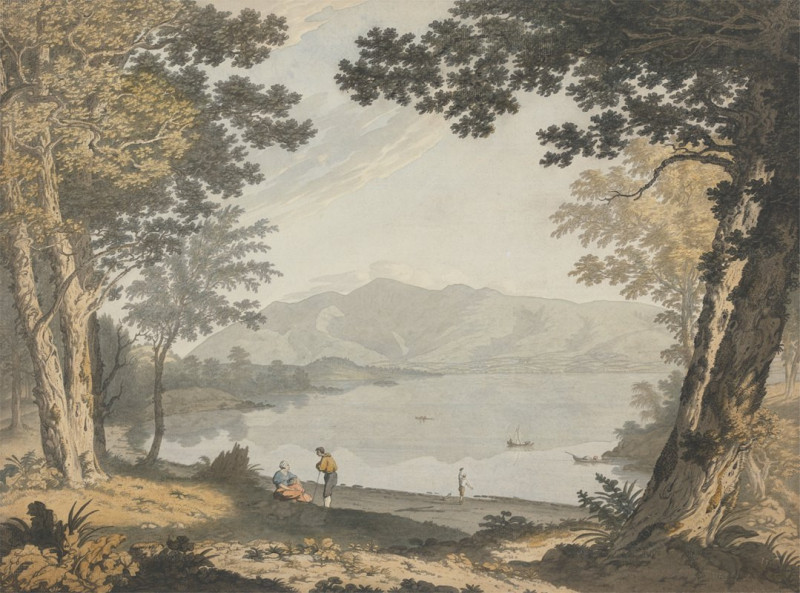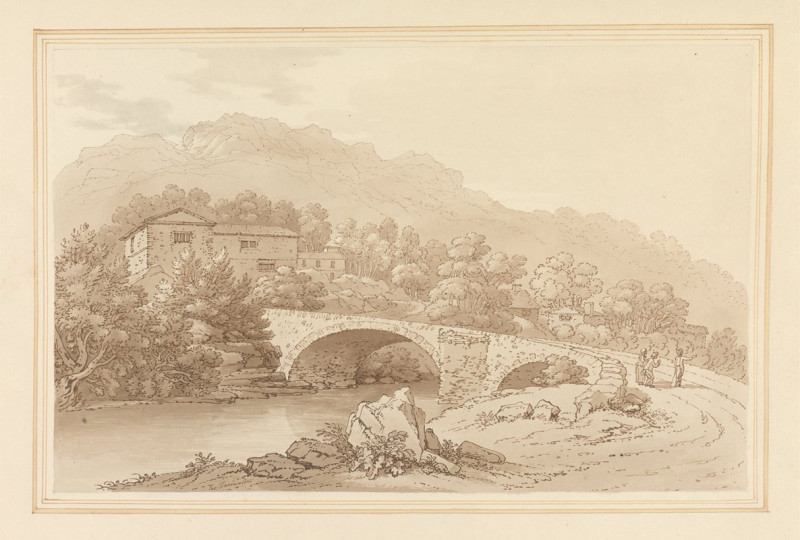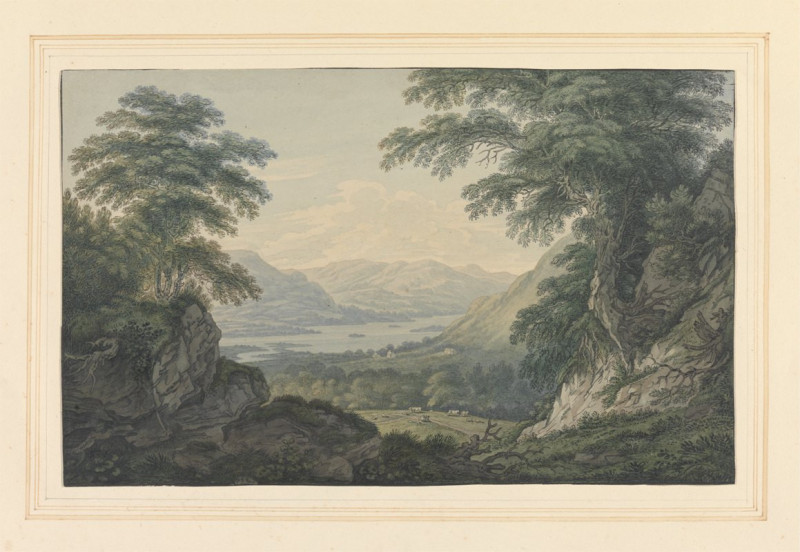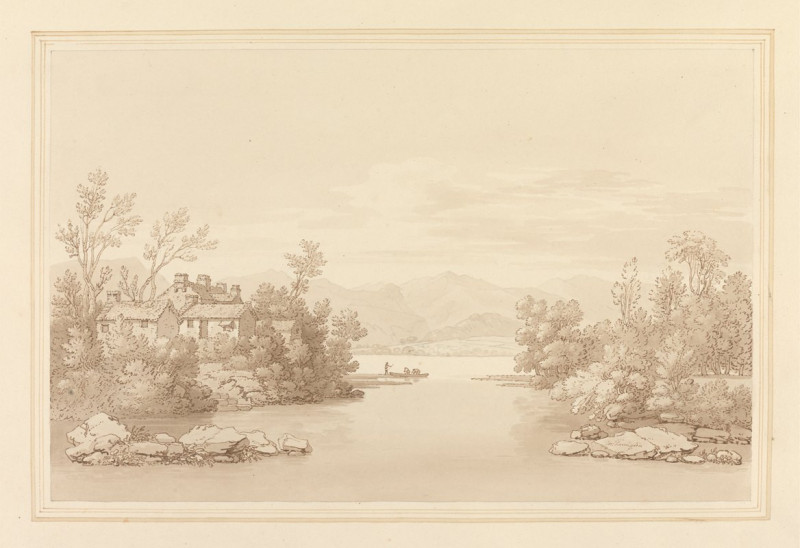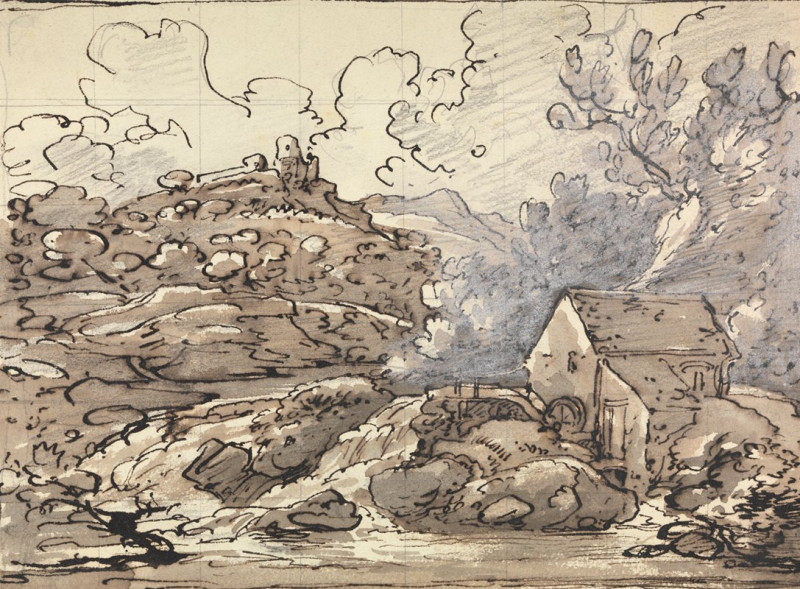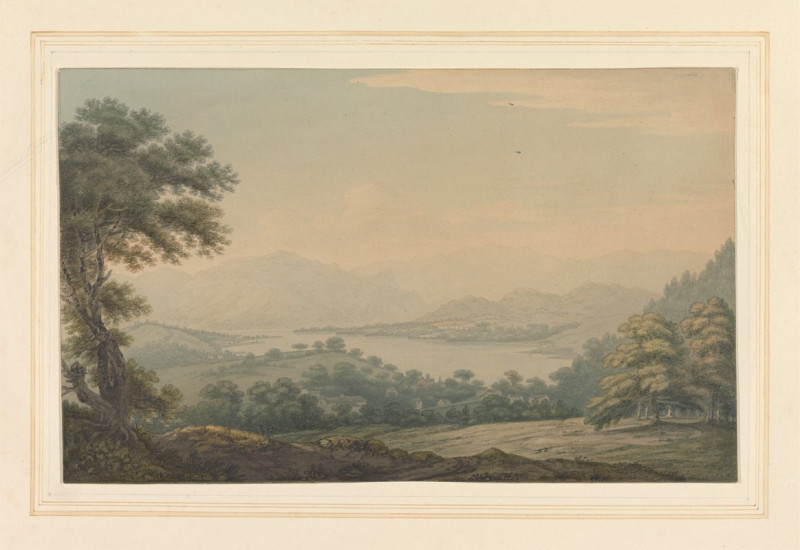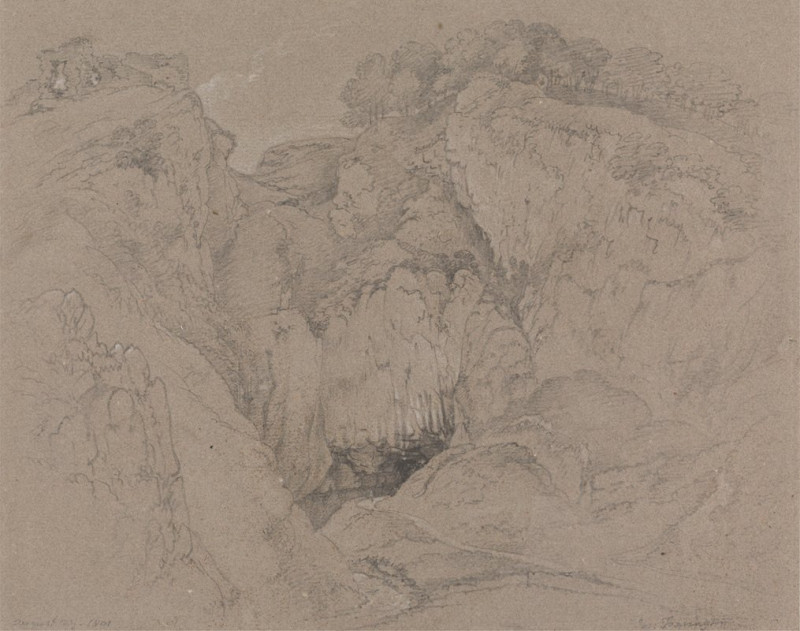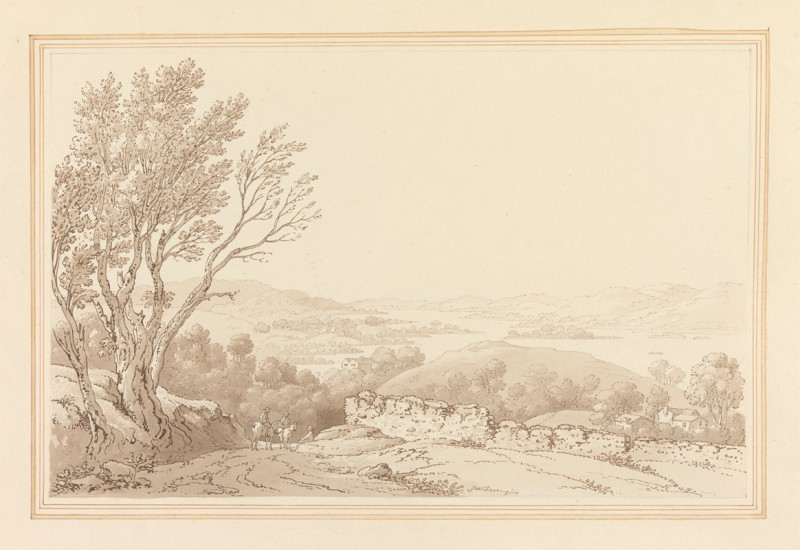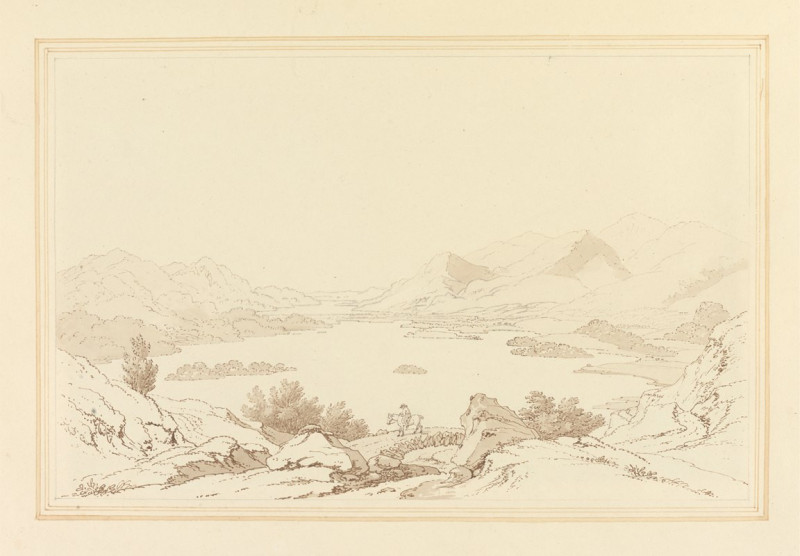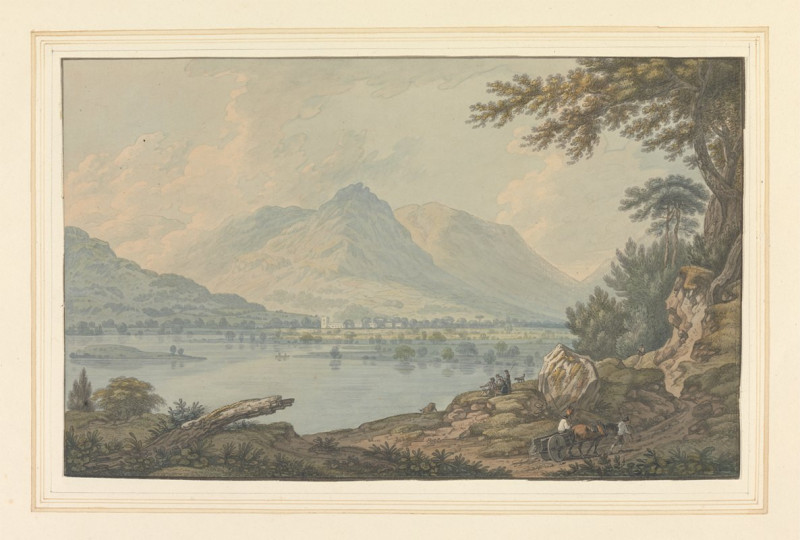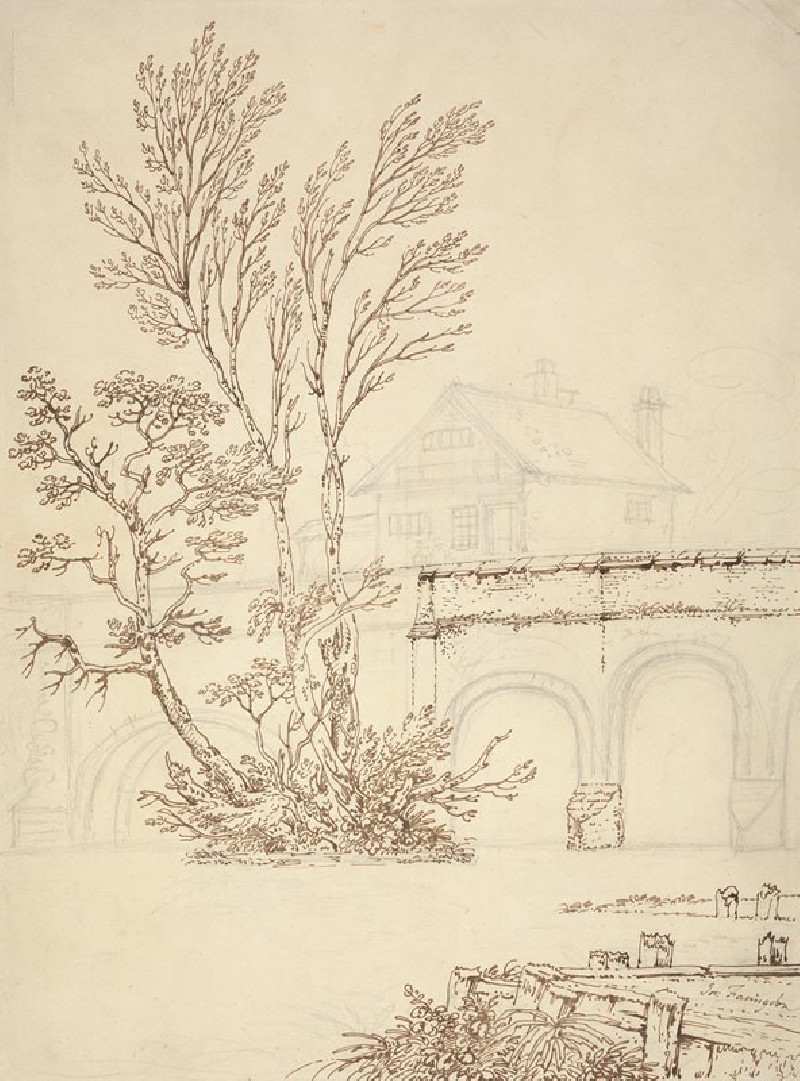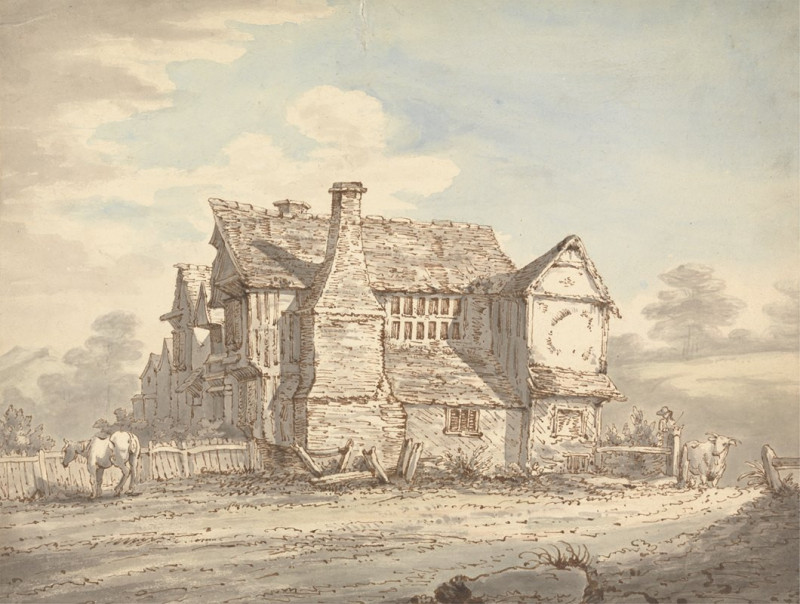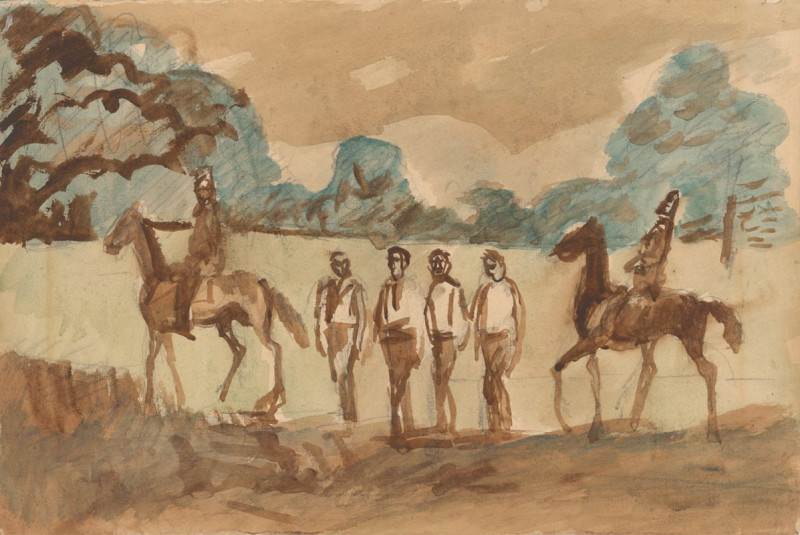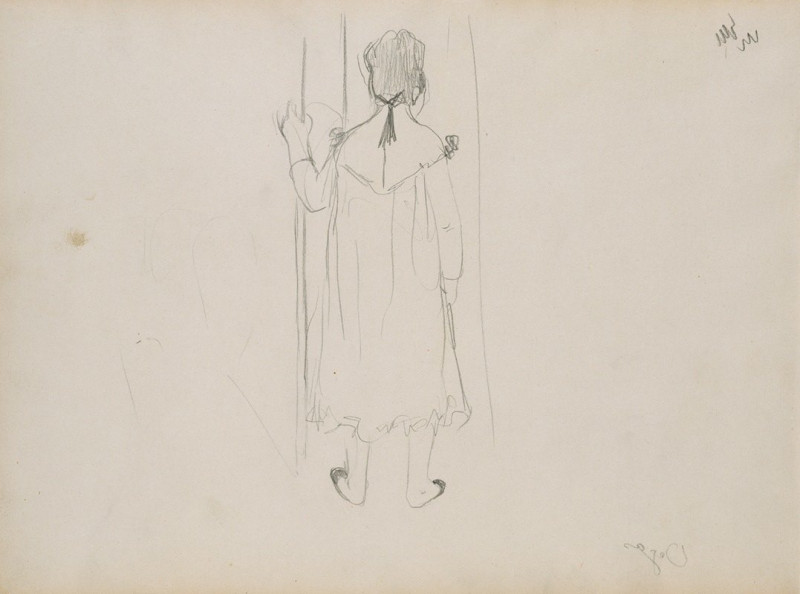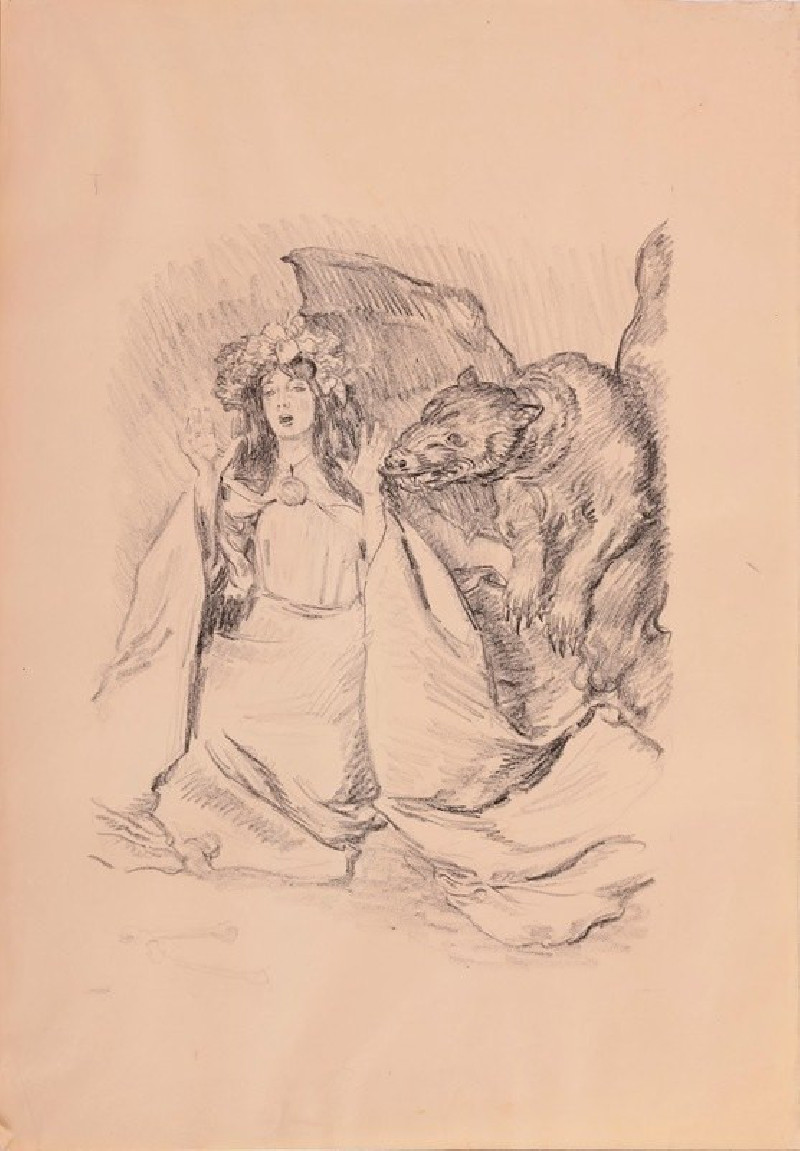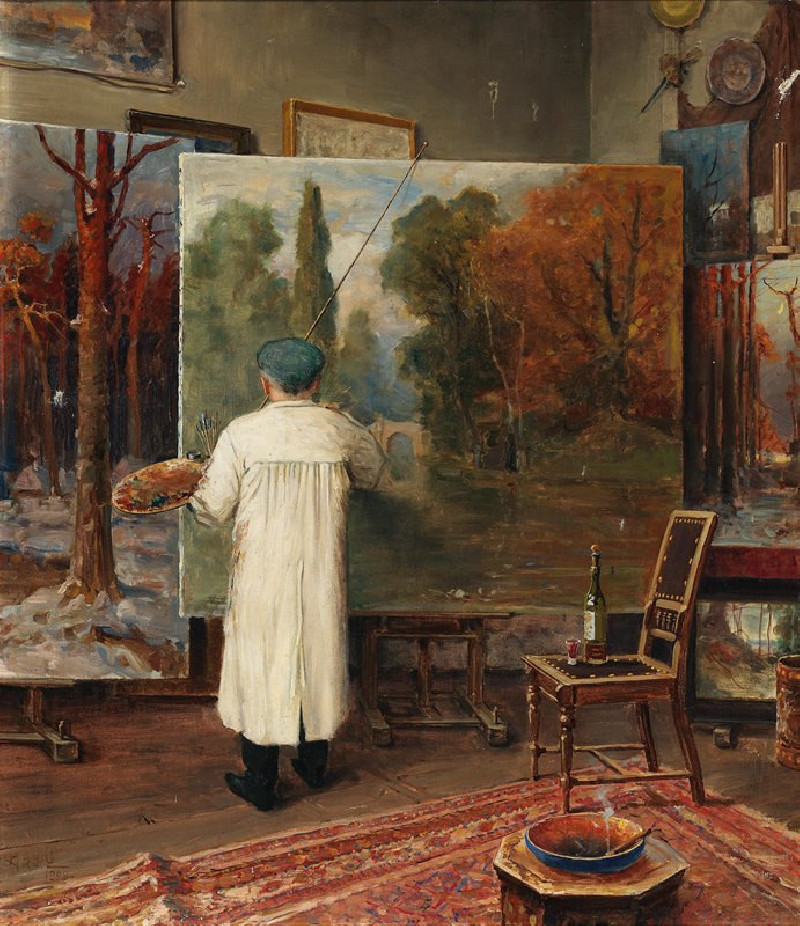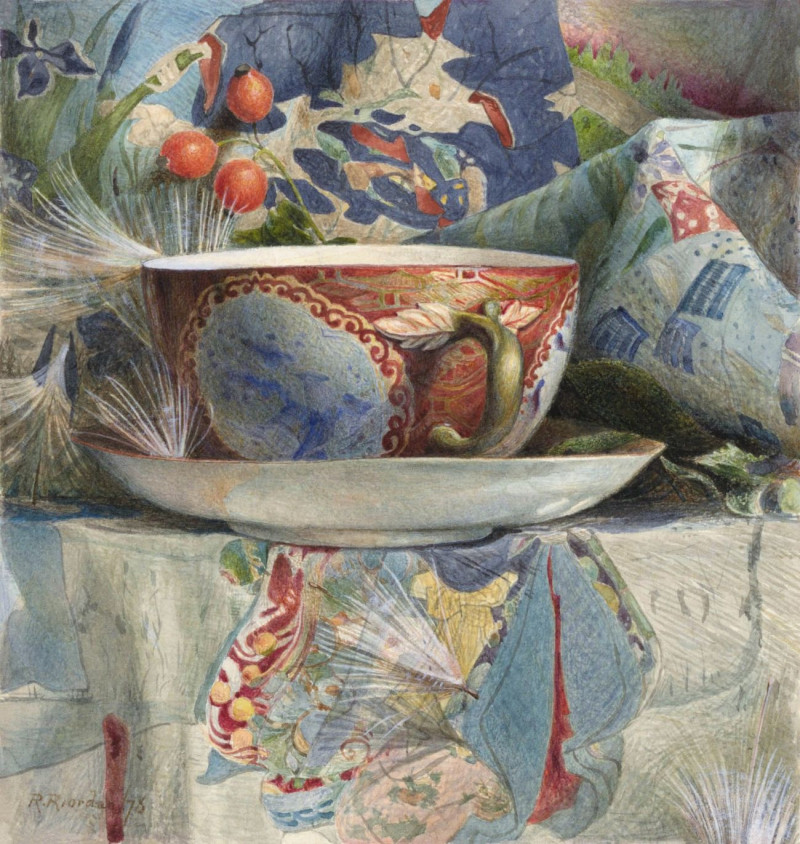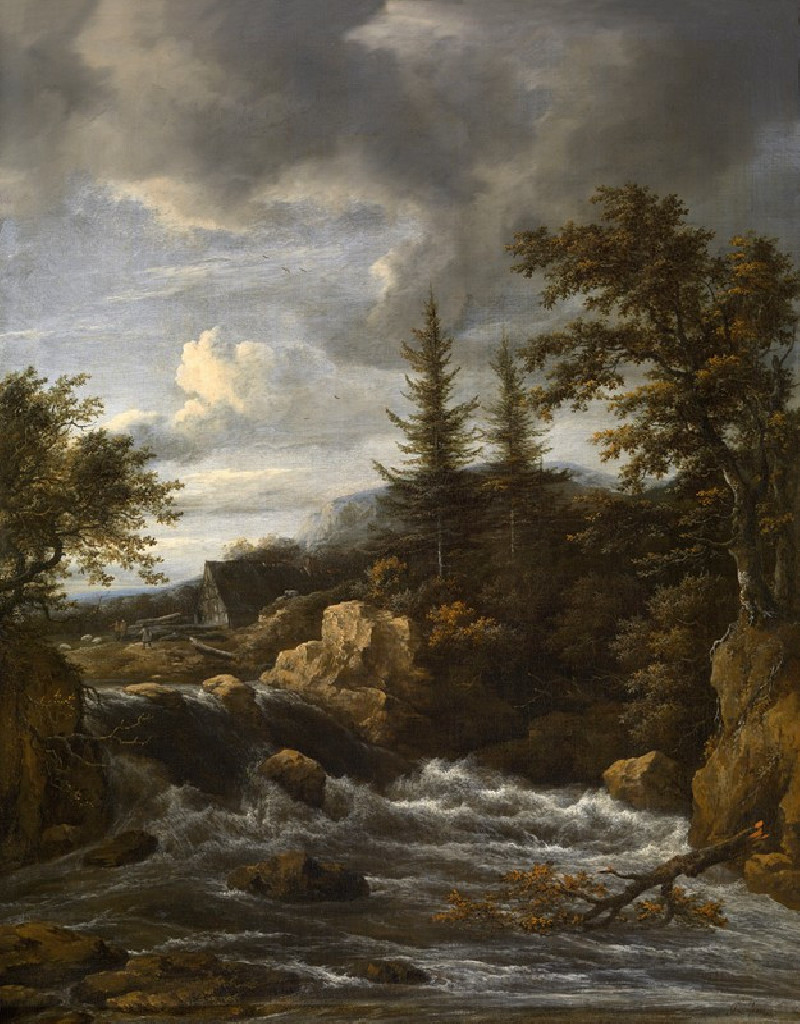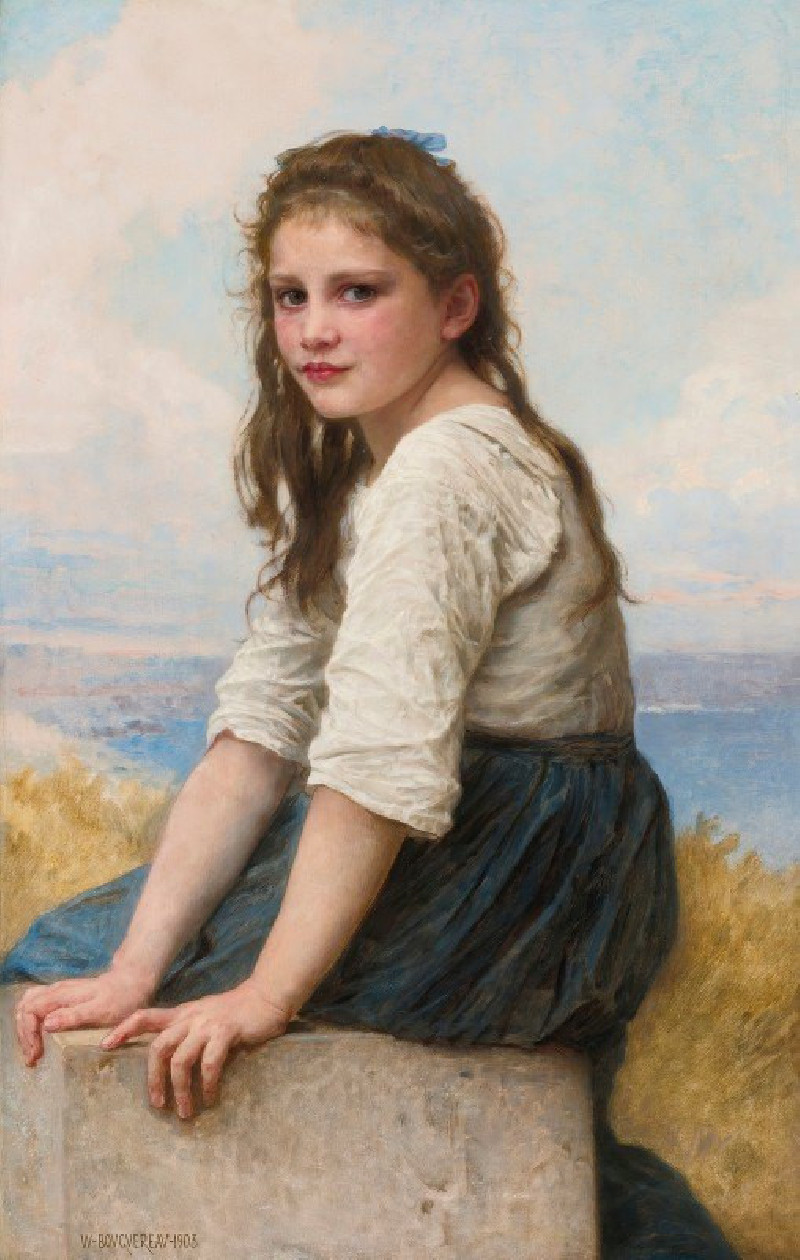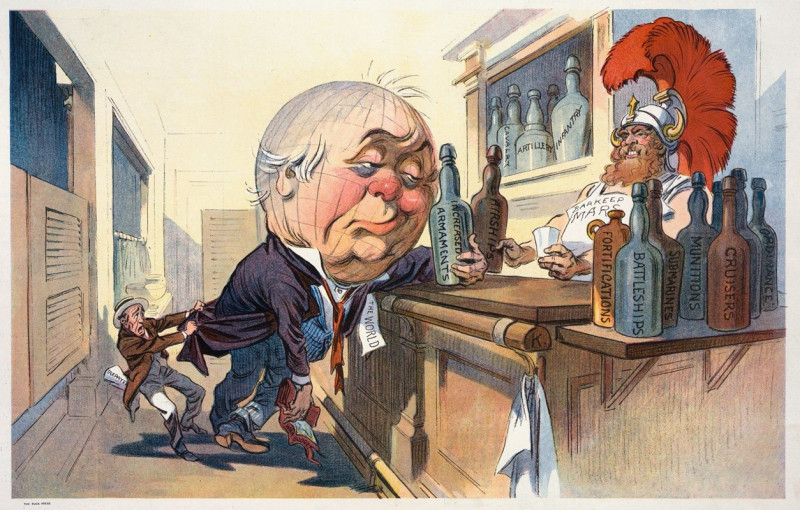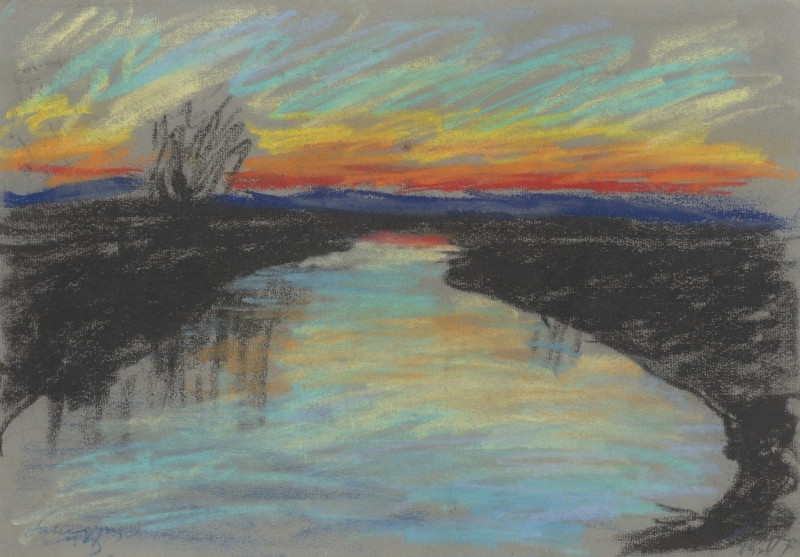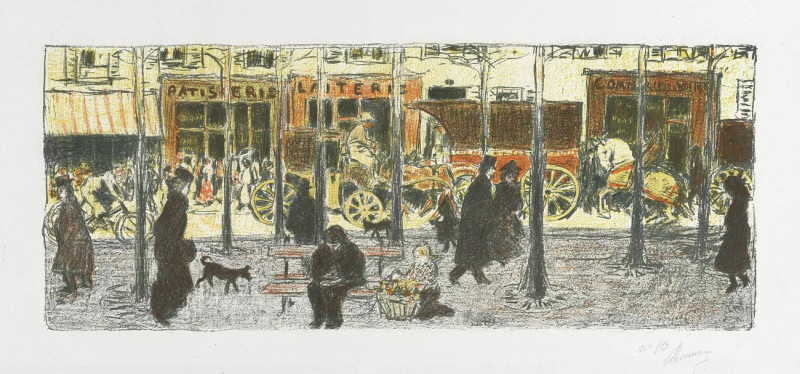North Entrance to Keswick & Bridge
Technique: Giclée quality print
Recommended by our customers
More about this artwork
Joseph Farington's delicate sepia-toned drawing titled "North Entrance to Keswick & Bridge" captures the serene essence of English countryside life in the late 18th century. The artwork presents a picturesque scene of the northern approach to Keswick, marked by its lush greenery and tranquil river setting.At the heart of the composition is a charming stone bridge arching gracefully over a meandering waterway. The detailed rendering of the stones and the subtle reflections on the water surface evoke a peaceful ambiance. Beside the bridge, a riverbank hosts a small congregation of figures, perhaps local residents or travelers, engaging in idle conversation, further emphasizing the leisurely pace of rural life.The background features rolling hills that fade into the horizon, suggesting the vast expanse of the natural landscape surrounding Keswick. A prominent tree on the left balances the composition, its leaves intricately sketched to showcase Farington's attention to detail and his mastery of texture.Dominating the right side, structured buildings peek through the trees, indicating the proximity to Keswick town. These structures, along with the fenced pathways leading towards them, guide the viewer’s eye through the artwork, enhancing the depth and realism of the scene."North Entrance to Keswick & Bridge" is a fine example of Joseph Farington’s skill in landscape drawing, imbued with a tranquility that invites the viewer to step back in time and relish the untouched beauty of the English landscape.
Delivery
Returns
Joseph Farington RA was an 18th-century English landscape painter and diarist.
Born in Leigh, Lancashire, Farington was the second of seven sons of William Farington and Esther Gilbody. His father was the rector of Warrington and vicar of Leigh. Three of his brothers—William, Henry, and Richard—were "employed in the naval service of the East India Company". Edward died of yellow fever when he was 32. Robert attended Brasenose College and became vicar of St George in the East, London (whose advowson was held by Brasenose). George Farington became a painter, like Joseph himself.

